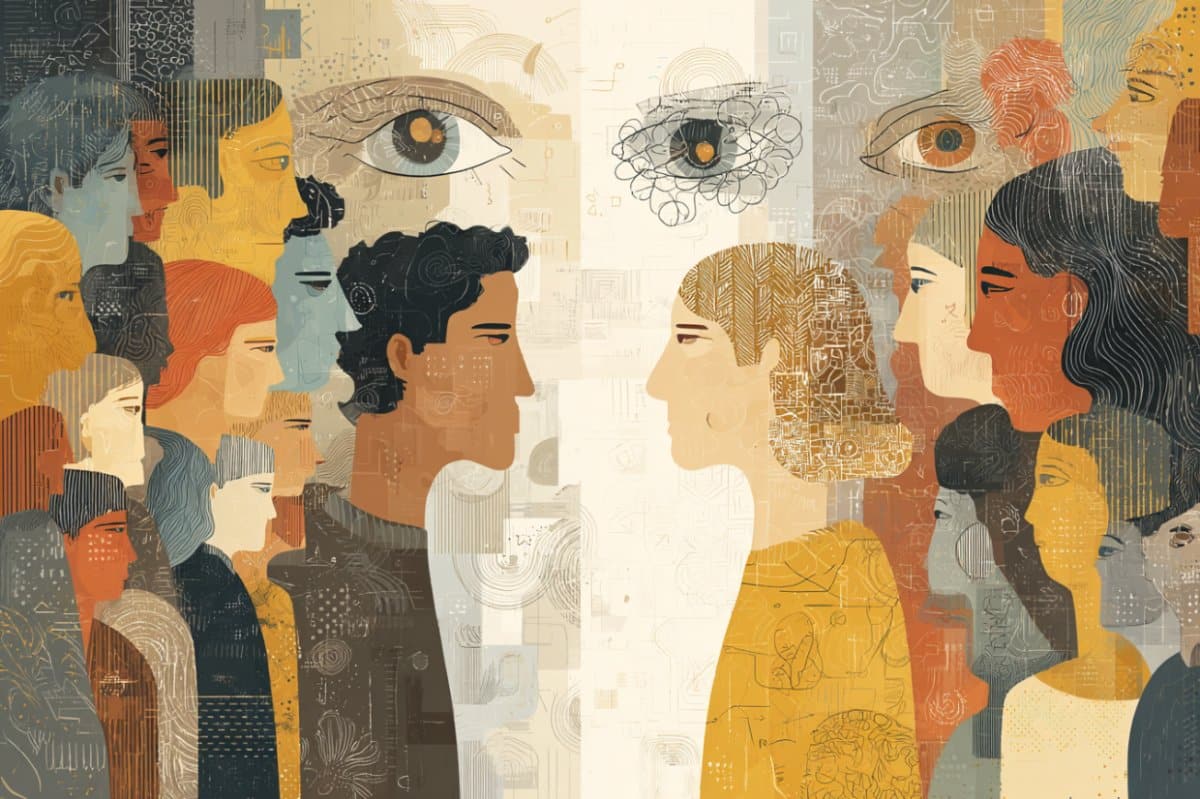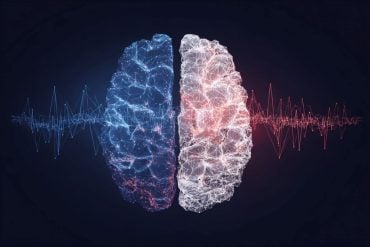Summary: New research reveals that some individuals may experience selective difficulty recognizing faces from racial groups different from their own, a phenomenon known as category-selective face blindness. While general face blindness (prosopagnosia) is well-documented, this study shows that many people perform well with own-race faces but poorly with others.
The researchers tested participants from diverse countries and found wide variability in cross-ethnic face recognition. These findings have serious implications for legal systems, workplace dynamics, and our broader understanding of human cognition.
Key Facts:
- Selective Blindness: Some individuals can recognize faces from their own ethnicity but struggle significantly with other-race faces.
- Real-World Impact: This difficulty can lead to misidentification in legal contexts and hinder workplace or social interactions.
- Cognitive Diversity: The study emphasizes wide variability in face-processing skills, urging a more personalized understanding of perception.
Source: Swansea University
While many people pride themselves on never forgetting a face, it’s just not so easy for others.
Now researchers at Swansea University are examining why it can also be more difficult for some individuals to recognize the faces of people from racial groups different to their own.
Professor Jeremy Tree and Dr Alex Jones, from the School of Psychology, wanted to find out just how common other ethnicity blindness – or category selective face blindness – really is.
Their findings have just been published by the Journal of Experimental Psychology and they seek to provide new insight into the other-race ethnicity effect.
Professor Tree said: “We have been studying individuals with extremely poor face processing from birth, known as developmental prosopagnosia – akin to a kind of dyslexia for faces – for several years.
“But little has been done about the possibility that, rather than having general face processing problems, some people may be selectively extremely poor when it comes to distinguishing between faces of a different ethnicity. We wanted to see how prevalent it is and what the implications are.”
The study used data from the UK, China, South Korea, Singapore, Japan, Australia and Serbia with Asian and Caucasian participants completing online tests which saw them comparing images of faces, with the distinctive prompts such as hair, jewellery or eyewear removed. Over a series of tests their ability to identify people varied significantly.
Professor Tree explained: “The diversity of individuals’ cognitive ability is far larger than we anticipated. Some people’s day-to-day face processing abilities may be perfectly fine but when it comes to other ethnicities, they experience significant challenges – and this can hve serious real-world consequences.”
For example, in a legal context a difficulty in recognizing other ethnicity faces could lead to mistaken eyewitness identifications, potentially resulting in wrongful convictions.
Also in social and workplace interactions, a person may struggle significantly with recognizing colleagues from different racial backgrounds, in the same way people with prosopagnosia struggle with all faces.
The researchers say understanding these specific challenges can inform policies in both legal and social settings to reduce bias and improve cross-racial interactions.
It is not clear how an individual’s social experiences and environment may shape these abilities, but the research is an important step in improving understanding of how we perceive others.
Professor Tree added: “We also feel this study sheds light on the broader diversity of individuals in the levels of their face recognition abilities, emphasizing the importance of considering individual differences to deepen our understanding of human cognition.
“It is always important to remember that just because a person may struggle with one thing, it doesn’t mean they won’t be good at something else. It is this variability that we wanted to highlight.”
About this facial recognition research news
Author: Kathy Thomas
Source: Swansea University
Contact: Kathy Thomas – Swansea University
Image: The image is credited to Neuroscience News
Original Research: Closed access.
“How prevalent is “other ethnicity blindness”? Exploring the extremes of recognition performance across categories of faces” by Jeremy Tree et al. Journal of Experimental Psychology
Abstract
How prevalent is “other ethnicity blindness”? Exploring the extremes of recognition performance across categories of faces
The other ethnicity effect (OEE) refers to the common finding that individuals generally perform better in recognizing faces from their own ethnicity than from others.
Wan et al. (2017) identified a subset of individuals with a marked difficulty in recognizing other ethnicity faces, termed other ethnicity blindness (OEB).
This study further examines the prevalence of OEB in two large samples of Asian and Caucasian participants, using three analytical approaches to assess face recognition across different ethnic face categories.
The first method, based on Wan’s percentile-rank approach, additionally adjusted for regression to the mean (RTM), found a 1.9% OEB prevalence, lower than their earlier estimates (8.1% [7.5, 10.6]).
Moreover, those identified often displayed generally poor face recognition skills.
The second approach, akin to a single-case “dissociation” method (Crawford et al., 2003), classified just one individual (0.25%) as OEB.
The third method defined OEB purely as an exaggeratedly large OEE, without using traditional “cutoff” scores, but adjusted for RTM, observed 1.33% of participants exhibited this profile. Bayesian simulations supported these OEB prevalence rates.
Overall, the findings highlight the critical importance of accounting for factors like own-ethnicity performance, measurement error and RTM.
We also advocate for more conservative classification methods in future OEB research and emphasize that while OEB is rare, it can be observed in some individuals.
Specifically, adopting the classification of OEB as a “hyper” OEE profile may provide a valuable avenue for future research exploration both with respect to those interested in individual variability in OEE and more generally variability in within-class recognition performance.







